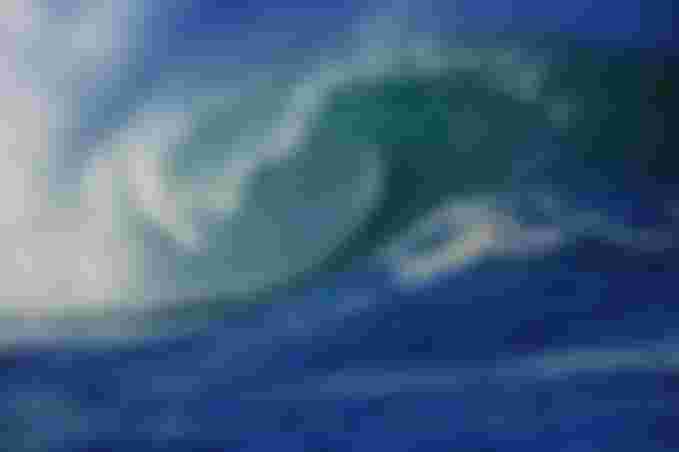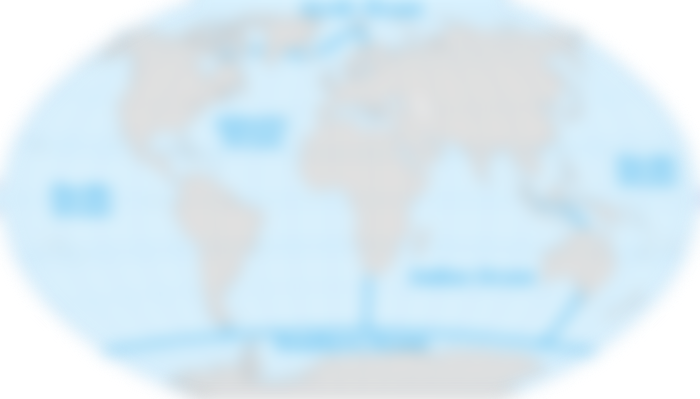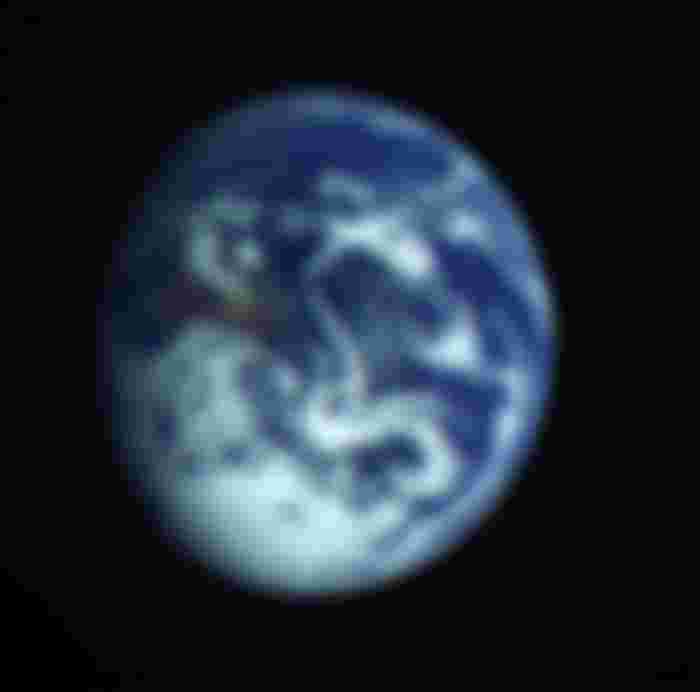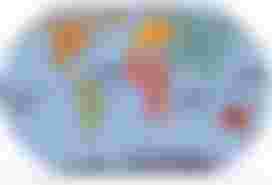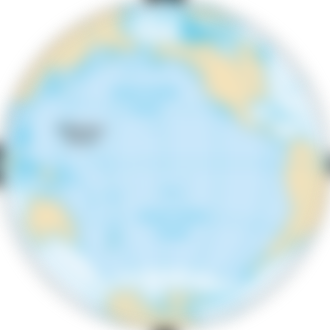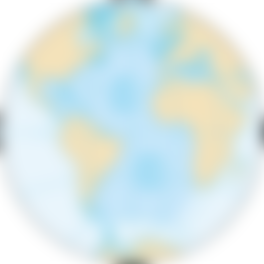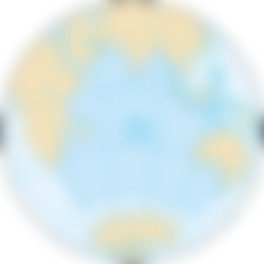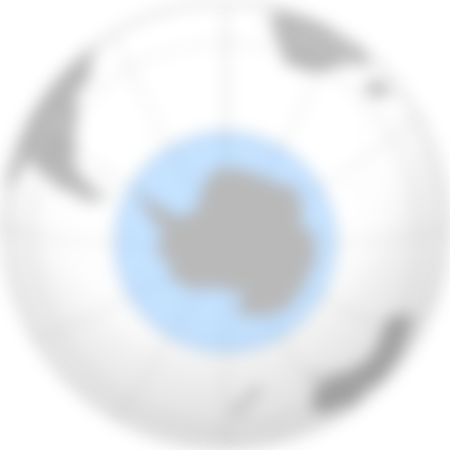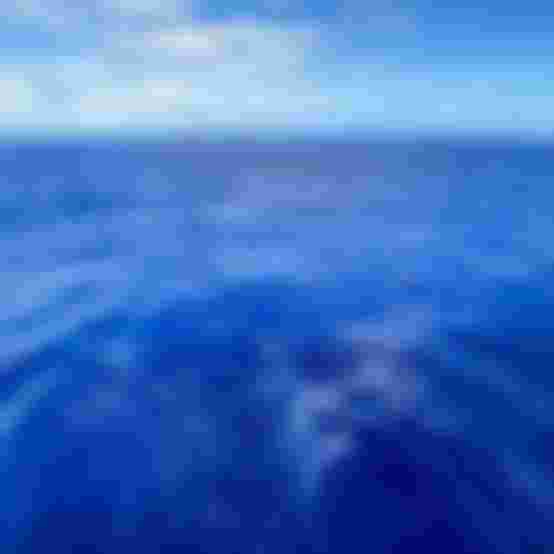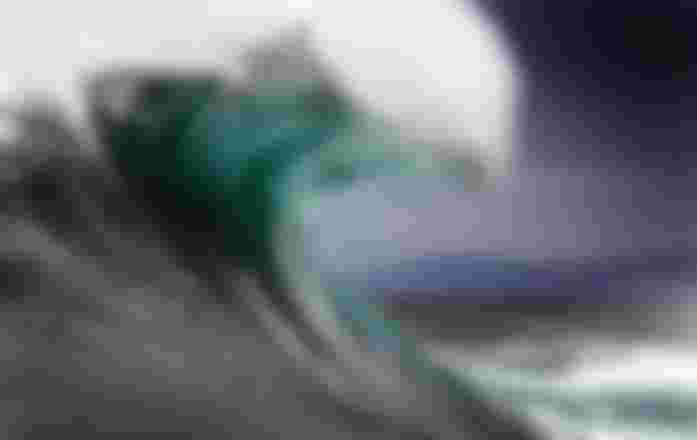Oceans of life

Ocean is the body of salt water that covers approximately 70.8% of the surface of the earth. Names that are used to identify these five oceans differ from each other. We have the Pacific [largest], Atlantic,Indian, Antarctic [southern] and Arctic [smallest].

Map of the world with 70.8% of the world covered with water
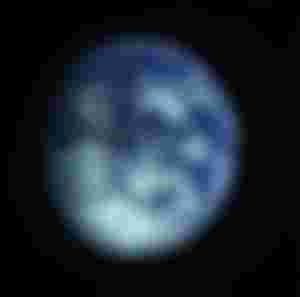
Waters cover approximately (361,000,000km²) of the earth.
The waters of life is the principal component of the earth's hydrosphere and therefore integrated to life on Earth . The seawaters act as a huge heat reservoir, the ocean influences climate and weather patterns , the carbon cycle and the water cycle.
From the oceanographic survey the division of Waters/ocean into different vertical/horizontal areas were based on physical and organic conditions.
Ocean temperatures depend on the amount of solar radiation broadcast reaching the ocean surfaces. In the tropical surface temperatures can rise over 30°c(86°F). Near the poles where the sea ice forms, the temperature in the composure is about -2°c(28°F). Deep sea water temperature is between-2°(28°F) and 5°(41°F). In all parts of the ocean water continuously circulates creating ocean currents.
Describing the earth's five oceanic division and the five dominating oceans of the world.
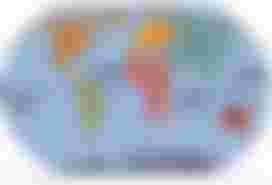
Firstly we have the Pacific ocean which happens to be the largest and deepest ocean on this planet.
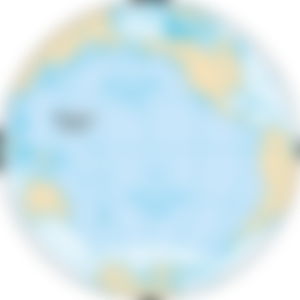
Map of Pacific ocean, we have the north and the South Pacific ocean based on the coast of Mariana trench.
Coordinates 0°N 160°W
Surface area 165,250,000 km²
Average depth 4,280(14,040 ft)
Max. depth 10,911 m (35,797 ft)
Water volume 710,000,000 km³
Secondly we have the Atlantic ocean which happens to be the second largest ocean on the earth.
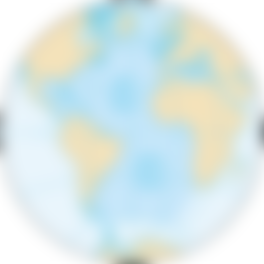
Map of Atlantic ocean,we have the north and south Atlantic ocean.Coordinate 0°N 25°W[1]
Surface area 106,460,000 km²
North Atlantic 41,490,000 km²
South Atlantic 40,270,000 km²
Average depth 3,646 m (11,962 ft)
Max. depth 8,376 m (27,480 ft)
Water volume 310,410,900 km³
Thirdly we have the Indian ocean which happens to be the third largest ocean in the world
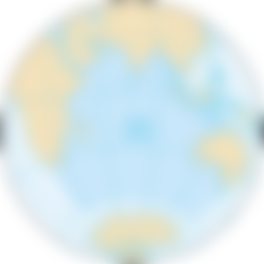
Map of the Indian ocean located in the coastal part of Asia,Africa and Europe. Coordinates 20°S 80°E
Surface area 70,560,000 km²
Average depth 3,741 m (12,274 ft)
Max. depth 7,258 m (23,812 ft)
Shore length 66,526 km
Fourthly we have the Antarctic ocean also called the the southern ocean, it is the second smallest ocean in the world.
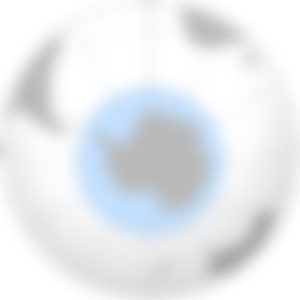
Map of the Antarctic ocean also called the southern ocean.Over the past 30 years, the Southern Ocean has been subject to rapid climate change, which has led to changes in the marine system.
And lastly we have the Arctic ocean which is the smallest of all on the list of the world's five major oceans.
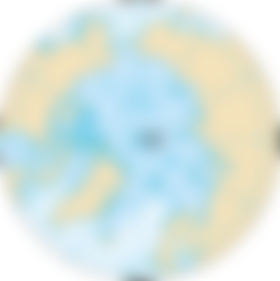
Map of the Arctic ocean situated around the north poleIt has an area of about 14,060,000 km² and also known as the coldest of all. The International Hydrographic Organization (IHO) recognizes it as an ocean, although some oceanographers call it the Arctic Mediterranean SeaIt spans an area of approximately 14,060,000 km².
In conclusion
Ocean water contains large quantities of dissolved gases, including nitrogen, oxygen and carbon dioxide. This gas exchange takes place at the ocean surface and solubility depends on the condition and brininess of the water.
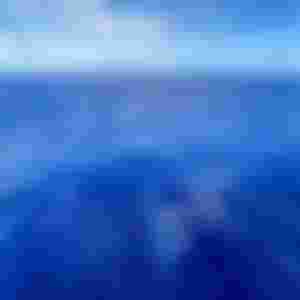
The upper view of the Pacific ocean.
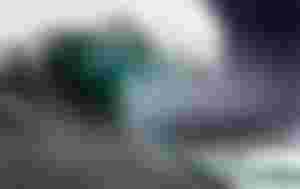
The wave of a raging ocean .
